Patcharavipa founders on design and getting rough
Jan 03, 2024
Contemporary Thai brand Patcharavipa is making waves in the jewellery space with its chunky gold pieces and inventive re-adaptation of watches and sunglasses. Designer Patcharavipa Bodiratnangkura and her partner Kenzi Harleman talk to Zaneta Cheng about creativity, inspiration and why everything needs a bit of roughness
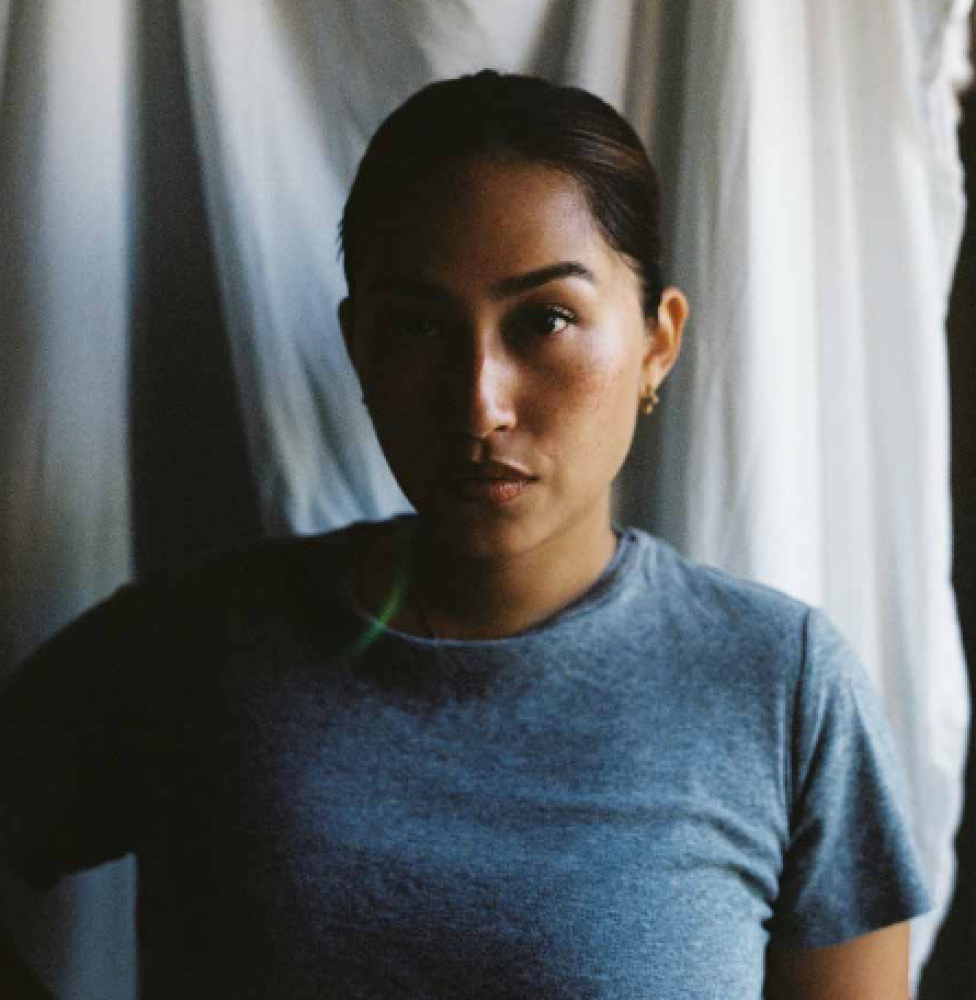
When i set foot into Patcharavipa Bodiratnangkura and Kenzi Harleman’s Paris showroom on the Rue de Rivoli, my breath is taken away by the way the couple and business partners have transformed the space. There are African sculptures and a yellow modernist wavy couch. To the right, a desk space has been created underneath the avant-garde structure built to create a split level in the cavernous space, allowing guests and clients to feel the enormous ceilings of the space. It’s where they both show their jewellery and where they live.
I walk over to the coffee table where they’ve displayed pieces from their newest Blur Mirage collection. There are fewer pieces now than a few hours ago, I’m told, because they needed to send some pieces to Gigi Hadid for the launch of her brand today. Never mind, beyond the jewellery there’s so much to look at – from sunglasses to a gold caged lighter case.
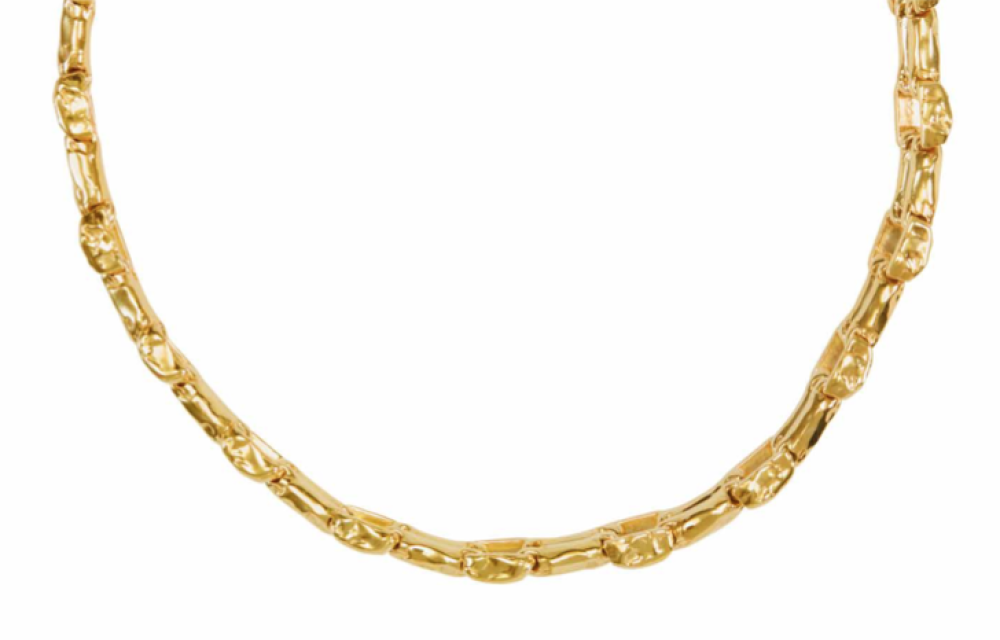
Bodiratnangkura, who goes by “Pat” and is originally from Thailand, moved to Europe with her boyfriend Harleman to work on their brand Patcharavipa. Currently living and working between London and Paris, the pair have carved a niche jewellery business that has attracted fans from the likes of Hadid and Rihanna. Using 18k Siamese yellow and white gold, the collections bear the brand’s signature melted, welded metal characteristic with collection names such as Ginkgo, Offset, Studio, Clues and Twisted. Much of their designs is based on the couple’s interest in art and design as well as Bodiratnangkura’s Thai heritage.
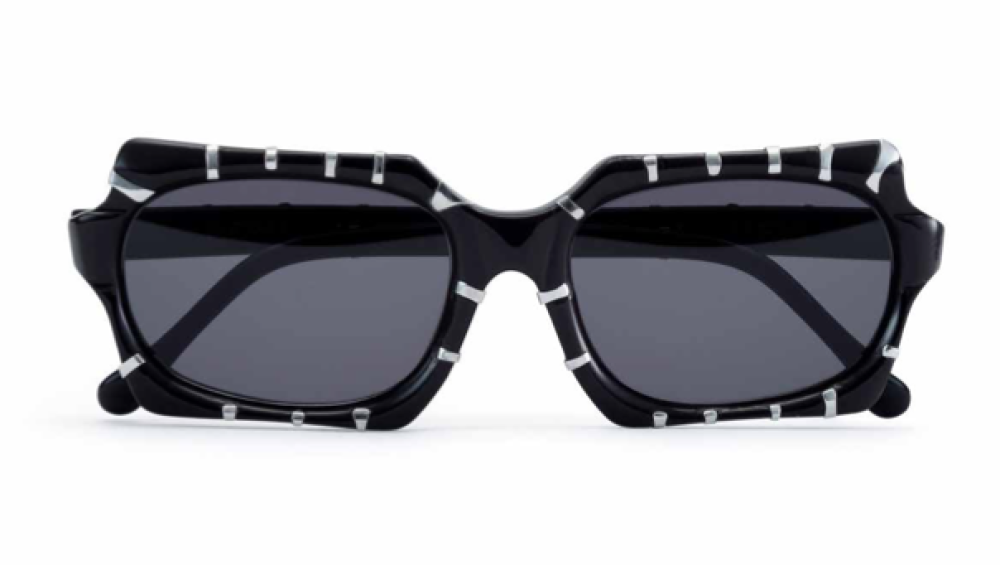
Pat, can you tell me why you started this brand? What was the vision? Where was the gap and why did you want to fill it?
Bodiratnangkura: Basically I studied jewellery at Central Saint Martins and I always knew I wanted to create a brand. So right after I graduated, I found my team and started making a collection out of coconut shell base material and mixing it with textured gold.
I loved going into caves when I was young, out in the islands, and something about that texture reminded me of those times. Now the texture’s pretty much become my signature. It’s all very tactile, and it’s a reminder of a very special time for me. Think of the texture as pretty much the cave and the waves of the sea.
Harleman: I think something quite important to note is that it all started very much based in Pat’s family because her family really has a love of jewellery. Her grandma and mum were big jewellery buyers.They would buy for themselves. They were also sourcing a lot of stones. I think from a very, very young age,
Pat was already swimming in this world.
Bodiratnangkura: Yeah, they’re, like, collectors.
Harleman: I think they’re great collectors in general, from traditional Thai objects to French brands – and they’ve always been very inspired by stones. They have incredible stones. And I think from a young age Pat was already designing with costume jewellery. She started when she was about 13 when she would use crystals to bling up phones. So she was already a little businesswoman at 13.
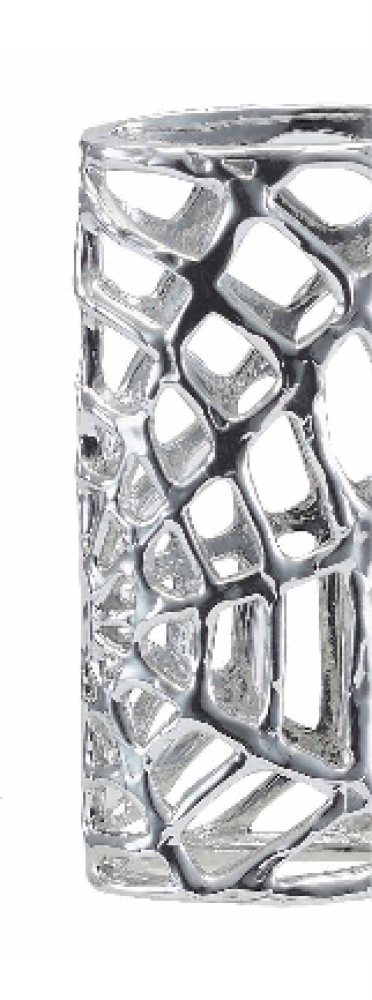
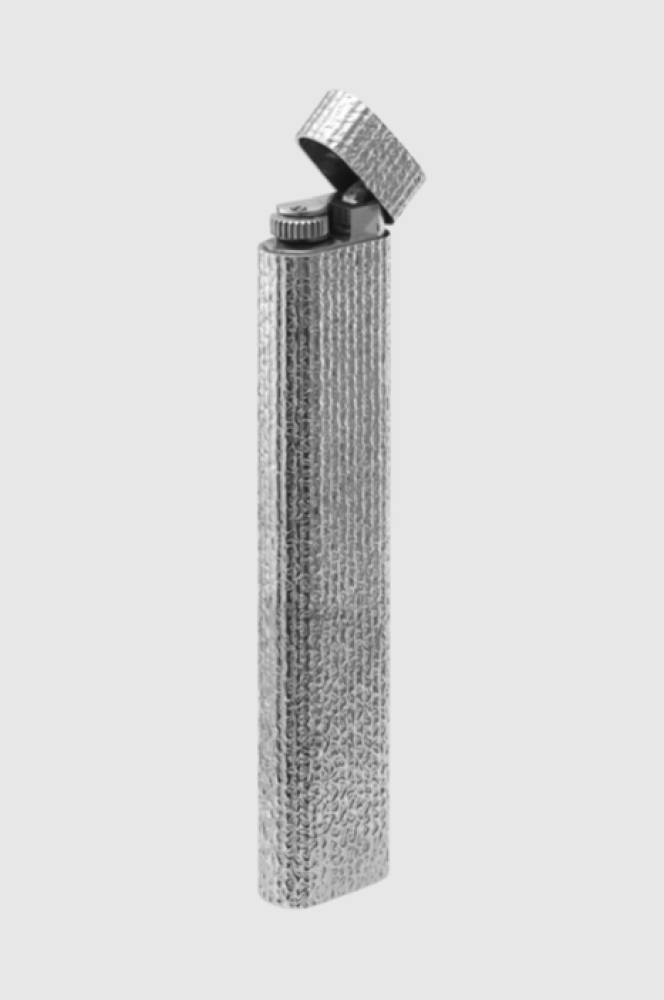
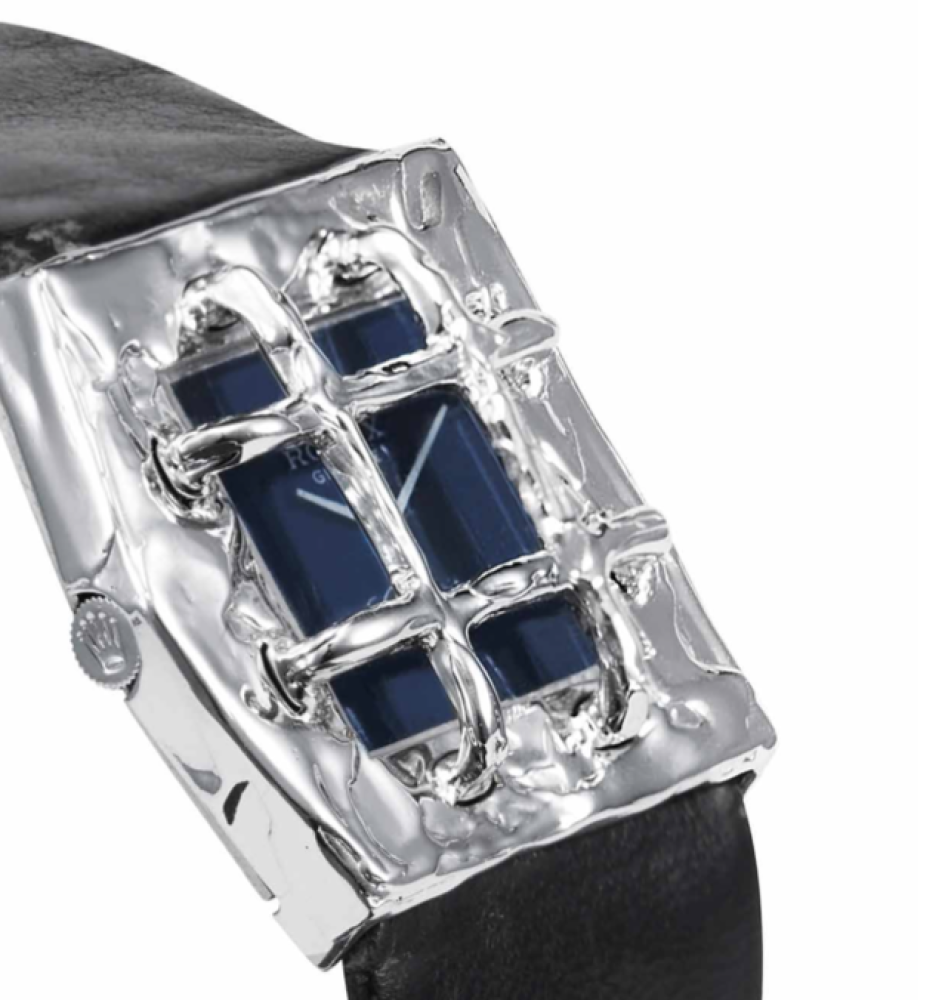
What did you call your business?
Bodiratnangkura: All that Glitters. I did the studding all by myself.
Harleman: The reason I’m telling this story is because even the goldsmiths that she’s working with now are all kind of related to the people that had already been working for the family. So she was very lucky to find such a great team. It all started very quickly, though, when she was in her early 20s after she graduated. 2016 was her first collection.
Bodiratnangkura: We showed it in Paris.
Harleman: Which is where we actually met. We met in 2015 when I was working for Dover Street Market and I didn’t have any real knowledge about jewellery. She taught me a lot and then I got her into all the shops and got Dover Street to come over and that’s where it all started. I think Dover Street was amazing for us because they really helped us with everything when we first started.
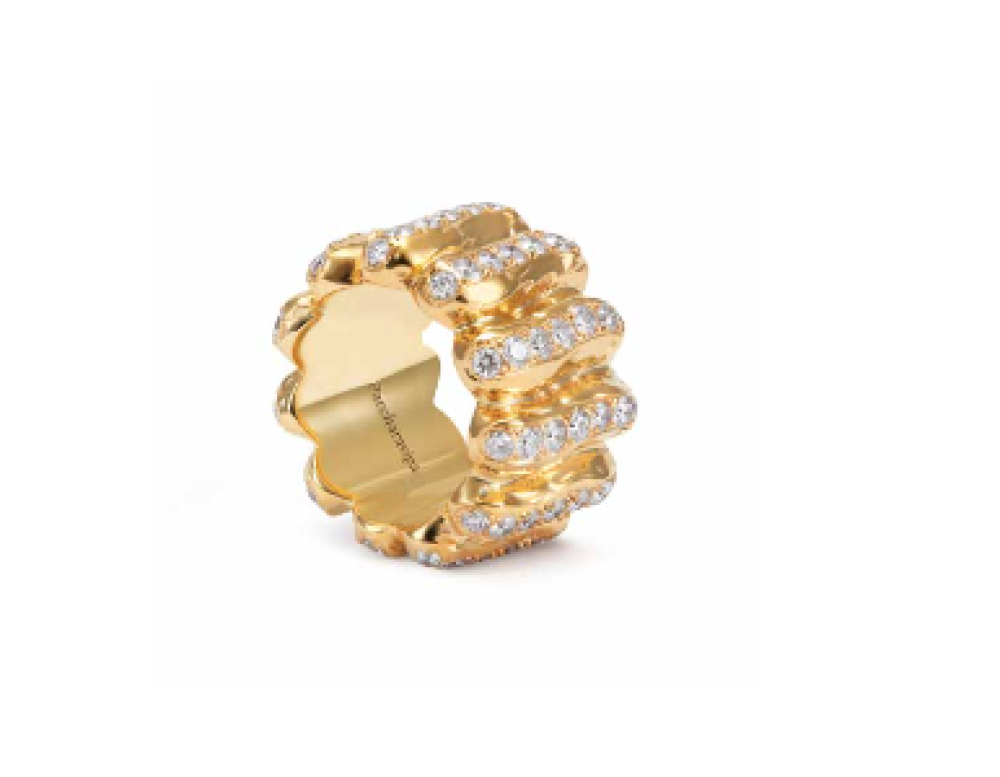
Wow so your first collection basically made it into Dover Street.
Harleman: Yeah, that’s where everything started. We made a bigger collection because of it and they helped us a lot with what we should make and, you know, we’re very creative people, but they really helped us a lot.
Bodiratnangkura: Later on he joined as a partner, a designer. And during the pandemic, we began customising vintage watches, which have done very, very well. In the first year, we came out with five watches and we sold out.
Harleman: It was obviously a big investment and a lot of people were saying it was risky because they don’t really buy watches – they don’t like it when the watches have been touched or altered. But we have a very different eye when it comes to design, be it jewellery, furniture, whatever. So I knew that the watch might not be a watch that people know they want but I had a really good feeling about it. They become jewellery pieces, basically.
When you look at watches in the ’70s or ’60s, they were very creative. They were making pieces of art and obviously they were telling time for you but it was also basically jewellery. It was a lot of gold, a lot of intricate and asymmetric design, and it was a lot of fun. The watch business is very much now in a state where it’s like, “Oh, I’ve got a Rolex, I’m in that group – okay, I’m rich”. We actually don’t wear watches ourselves.
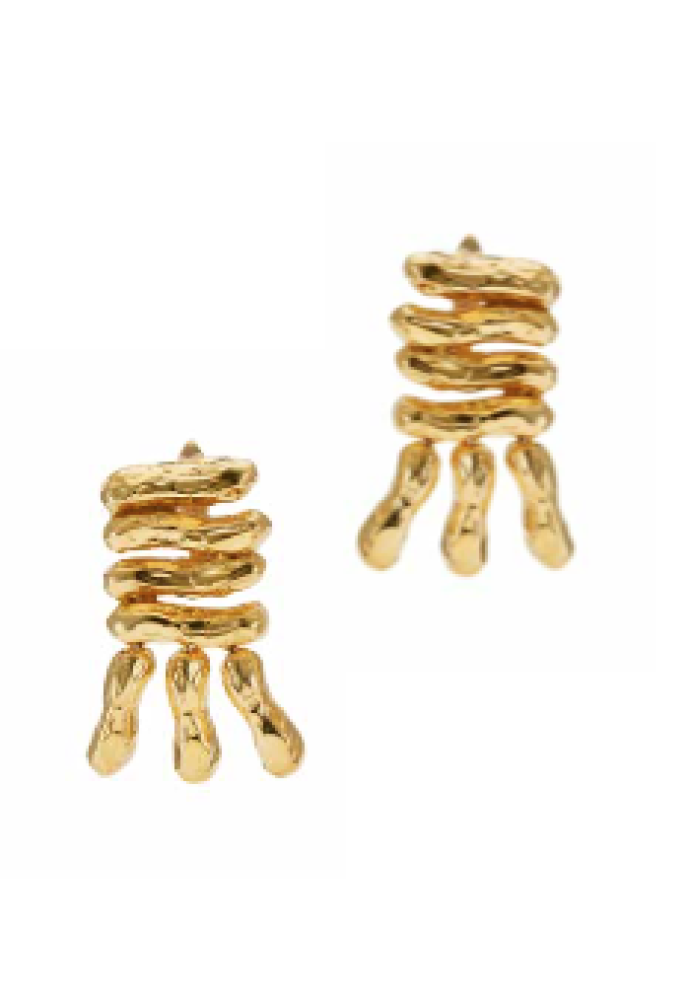
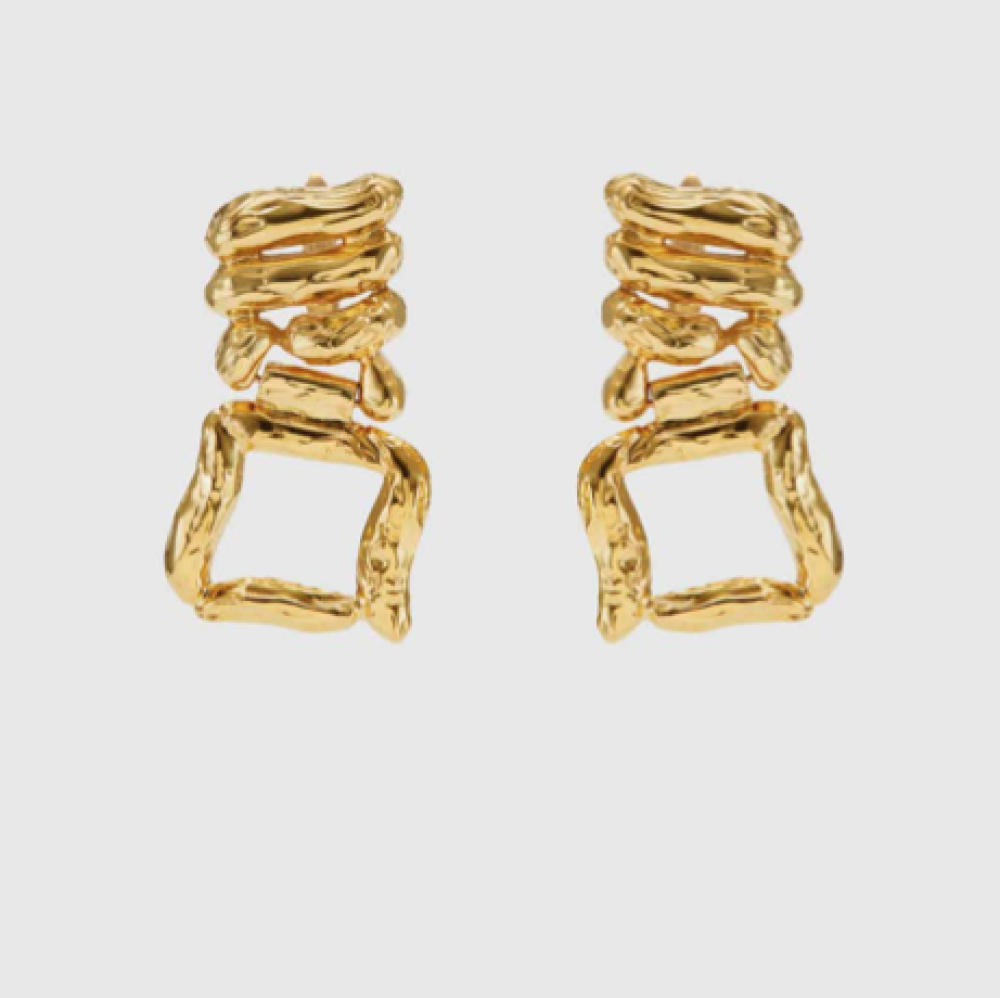
Neither do I.
Bodiratnangkura: Yeah, so that’s why we were trying to design a watch that’s a bit like a bracelet, a piece of jewellery.
Harleman: It was very successful, and that’s really helped us push the rest of the collection.
Which now includes gold lighter cases.
Harleman: I’m a smoker and we have this thing where you go out and then you come back home, and it’s gone. So I was like, you know what, I’m going to make something very special from something that’s very cheap and I’m going to make sure I’m coming home with my lighter. And then from there we decided to play with more. We love vintage anyway. So now we’re doing sunglasses, like these Pierre Cardin frames from the ’70s. They’re plastic and we just put gold and diamonds on them. Not too blingy, though; I don’t want it to be too much bling. Just a little accent that doesn’t destroy the actual frame because we want to take care of these pieces and give them a second life.

Back to the jewellery, though, the collection is gold-centric and quite chunky. What are the inspirations?
Bodiratnangkura: The newest collection is called Blur Mirage and it’s mostly very bold. It’s a lot of big gold earrings.
Harleman: You know, I’ll be honest, [Pat] fascinates me because she could literally be in the kitchen and she would not need anything much. She would need just water, a bit of crisps and like she would go on all day long. Pat is an amazing drawer and she’d love to paint all day. As you can see, we have tons of books. We just have so much inspiration. It’s super easy for us. We just stay here in the afternoon and we come up with things, and we’re very close to our goldsmiths so we just constantly bounce things back and forth with them. It’s pretty organic. We want to keep this as a small production. And everything needs to be by hand. We don’t want anything too big.

You’re both such big fans of aesthetics and design. What elements of that do you bring into your work?
Harleman: We’re very easily inspired. It can be the things we love, which would be architecture, furniture. They’re great examples actually because a lot of thought went into making all those pieces, especially back in the ’50s to the ’70s when they were making things and didn’t have any other points of reference. They actually had to think a lot. There was a lot of space for creativity and that’s kind of what we do now. We get inspired by painters and sculptors and we’re surrounded by these people as well. We also travel a lot so we always go to all the museums, all the bookshops and we always take that inspiration back and start drawing on the plane or in the hotel.
Bodiratnangkura: I like [Israeli artist] Ya’acov Dorchin.
Harleman: Ya’acov is a beautiful painter and sculptor. He’s quite contemporary. We had the chance to stay with him. He’s kind of the Picasso of our era and he’s my favourite artist. He changed the way I saw things with the way he would approach expensive things by putting them together with much cheaper things.

It takes a certain eye to be able to do that.
Harleman: Yeah, doing that makes it feel real. Like, when you have Picasso – it’s beautiful, but sometimes it looks so fake. You need roughness. Contrast. Can’t be too square, can’t be too clean, because then it just doesn’t feel real. And, you know, we want to live with things. We like expensive things, but we want to live with them. And I think those artists are very much part of our inspiration.
Also see: Jonathan Crockett’s watch collection



























